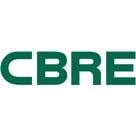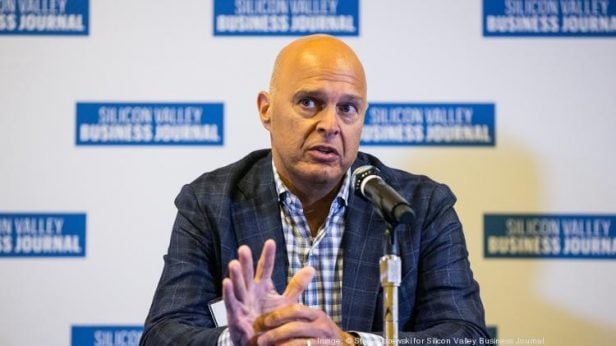LOS ANGELES–Measuring productivity in the workplace is the Holy Grail of performance metrics. But, as CBRE points out in the second Paper in its three-part thought series, Better Business Performance Through Better Workplace Performance, it might be easier to measure barriers to getting work done than it is to measure productivity.
The first Paper in the series treated the need for finding the right market for talent. But as the second Paper, “Designing the Workplace Experience,” states, “Once you have found that market, the focus shifts to creating an environment where that talent can thrive.”
The trouble is, most workplaces haven't kept up with either the technological or social changes that have redefined how we work. “In the course of a 10-year lease,” the Paper explains, “it is likely that the technology that enables our work will materially change two, maybe three, times. Occupiers coming to the end of their lease term in 2017 likely made decisions about their current work environment before the release of the first iPhone in 2007, which fundamentally changed how we consume information.”
At the same time, expectations of workplace “experience” are changing. Lenny Beaudoin, co-lead of CBRE's U.S. Workplace practice, says, “Even when employees have choices in where they work, they will come to the office more, not less, if you make the office the most effective place to connect with others and get work done.” Georgia Collins, co-lead of CBRE's Workplace practice, adds: “As organizations look to attract and retain high performers, they will be well served to consider how they help those struggling to balance professional and personal demands. What can the workplace offer that helps to strip more of the administrative tasks out of their work day and their personal time?”
“When we talk about designing a total work experience,” says Lewis Beck, who leads CBRE's Workplace practice in EMEA, “we're talking about much more than space. We're focusing on all the attributes that impact how work gets done: where, when and how people focus, how employees develop relationships and build networks, how people connect across locations and time zones, and how well the environment helps them balance the personal and professional demands on their time.”
Employees today have a choice of where they can do their jobs, whether it's the formal workplace, a shared environment, home or even the local coffee shop. “Designing the Workplace Experience” tackles the transformation of the workplace to a dynamic place that draws workers in, supports their productivity and maximizes the retention of talent.
Critical issues explored in the course of the Paper include:
- How the workplace has evolved;
- What makes a great work experience;
- Four steps to creating a workplace destination; and
- How to avoid common space-planning traps.
To realize the full potential of your workplace, download Part Two of CBRE's Better Workplace Performance Thought Series now: Designing the Workplace Experience.
© Touchpoint Markets, All Rights Reserved. Request academic re-use from www.copyright.com. All other uses, submit a request to [email protected]. For more inforrmation visit Asset & Logo Licensing.








